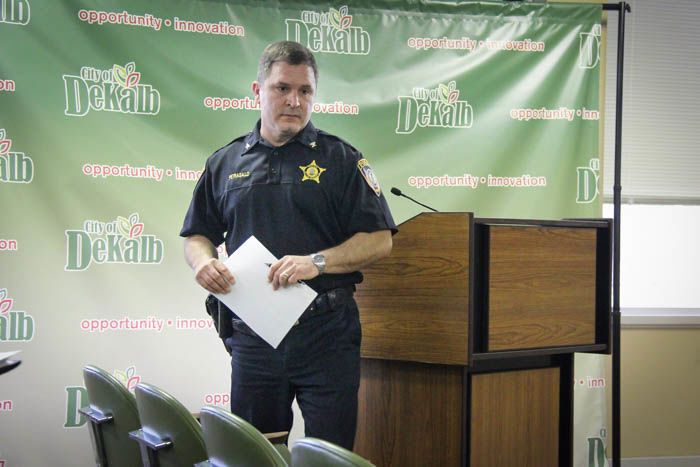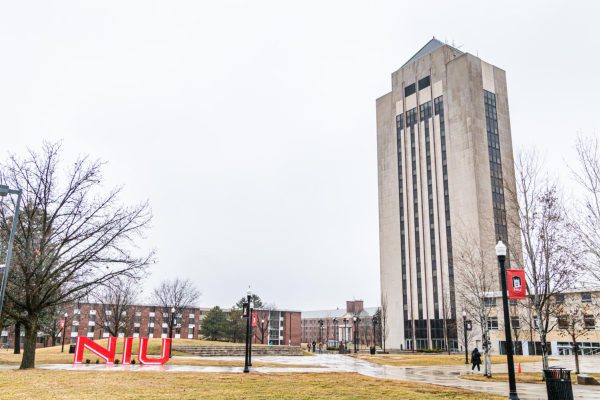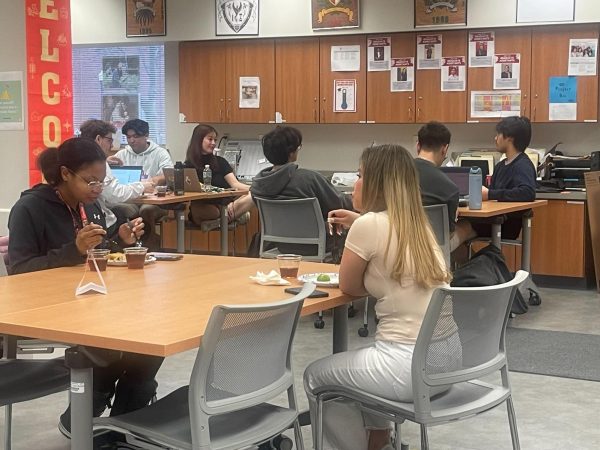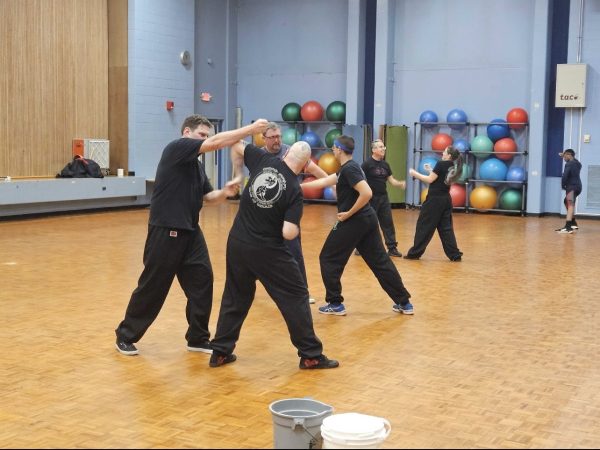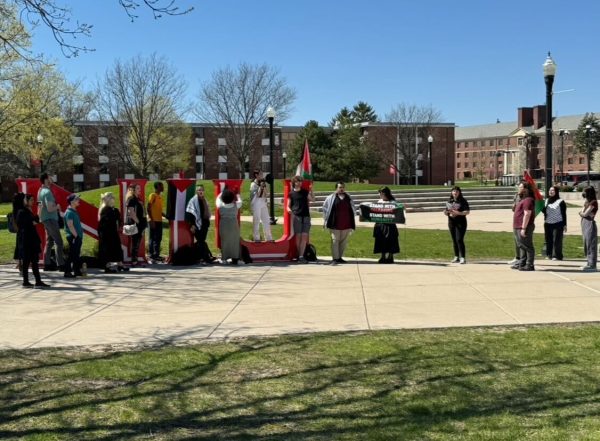DeKalb Police Department reports a decrease in crime, increase in service calls in 2017
In this March 22 file photo, John Petragallo, then DeKalb Police Department deputy chief, exits the podium after a Committee of the Whole meeting.
March 22, 2018
The DeKalb Police Department has reported a decrease in violent and property crime in 2017.
John Petragallo, DeKalb Police Department deputy chief, delivered the department’s service level review during Tuesday’s special Committee of the Whole meeting. The service level review is compiled data that assesses the department’s strengths and weaknesses based on development, staffing, services provided and programs.
The police department is authorized to have 65 personnel but operated with 63 in 2017 despite increased calls for service from the previous year, Petragallo said.
Despite not running at full staff and an increase of injuries, the police department reduced property crime in 2017 by 10 percent and violent crime by 11 percent.
“We continue to see progress in our crime reduction efforts,” Petragallo said.
Calls for service have steadily increased since 2013, but the greatest number of calls jumped from 45,566 in 2016 to 52,136 in 2017. Of the 63 staff members, 35 are patrol officers who respond to service calls.
“It averages out to be 1,490 calls per officer,” Petragallo said. “It’s pretty astounding.”
Part of the increased service calls can be attributed to community policing efforts, Petragallo said. He said residents who, in the past, didn’t trust police are now more comfortable because of the department’s community engaging policing strategy, which leads to an increase in service calls.
Petragallo said it’s typical to have officers out because of injuries, but the amount of officer who were injured because of offenders resisting arrest increased from seven in 2016 to 16 in 2017.
First Ward Alderperson David Jacobson said the council had addressed the increase in service calls a few years ago and how it was high compared to surrounding communities.
He said the new data shows a 40 percent increase for calls, which is something the city needs to address going forward.
“I mean 40 percent is such an unsustainable level in terms of what we can ask these guys to do,” Jacobson said. “At some point, we have to focus on why that’s happening and where those changes are coming from to get a grasp of what we can do to start countering those increases.”
The department has been able to use data to determine the community’s needs and shuffled personnel around to fulfill their safety during peak crime hours and months.
In one instance, the resource allocation resulted in a suspension of the residence policing program that places an officer in an area with high calls for service, which is the northwest quadrant of the city. Petragallo said the program will resume in April.
Petragallo also spoke about some of the department’s accomplishments they have engaged in to reduce crime within the community and recent programs, such as the Safe Street Initiative and Project: HOPE, or the Heroin Outreach, Prevention and Education Program ,to address the opioid epidemic.
He said he is proud of the 12 shooting arrests made in fall 2017, which were mostly gang-related and committed by individuals who lived outside of DeKalb.
“Our street officers, telecommunicators and our investigators worked very tirelessly to include outside agencies to deal with this problem,” Petragallo said.
The increase in service calls coupled with reduced staff caused the police department to exceed its budget by $12,000 in 2017, said Molly Talkington, City of DeKalb finance director.
Petragallo said if the the police department filled all the positions it’s authorized to staff it is likely overtime pay would decrease but it would depend on if there were another uptick in crime.
If the department were to hire new officers to reduce overtime expenditures, the savings wouldn’t be reflected in costs until sometime in 2019 because of the amount of time it takes to have an officer street ready, Talkington said.
“There’s almost 300 to 400 days before an officer becomes ready to be on the street,” Talkington said. “So looking for an overtime reduction in fiscal year 18, if you hired right now, it probably wouldn’t happen in fiscal year 18.”



